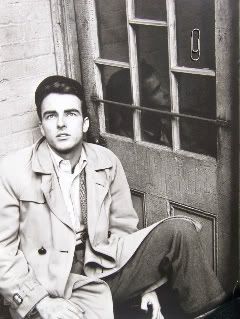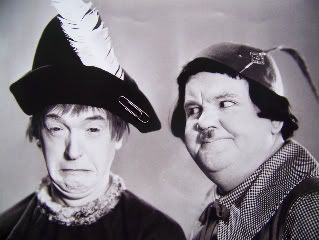
Everybody say, is he all right?
And everybody say, what’s he like?
Everybody say, he sure look funny.
That’s...Montgomery Clift, honey!
- The Clash
Montgomery Clift was known for his pretty-boy face and his intense acting style until his soft features were crushed in a car accident as he was driving home from a party at Elizabeth Taylor’s house. He underwent reconstructive surgery, but his face would never be the same.
Monty Clift was gay. In 1950s Hollywood, this was considered a liability. In today’s Hollywood, it still is. And in 1950s America it was considered a sin. In today’s America some would like us to believe that it still is. As a leading man, he was forced to lead a double life. ‘Monty’ was a role he was never able to step out of. The stress and pressure of maintaining this façade drove him to vodka and anti-depressants.
Monty died at age 45 of a drug related cardiac arrest. Hollywood insiders called his death the longest suicide in Hollywood. Frank Taylor, the producer of The Misfits, is credited as saying, ‘Monty and Marilyn [Monroe] were psychic twins. They recognized disaster in each other's faces and giggled about it.’ Marilyn herself described him as ‘the only person I know who is in worse shape than I am.’
This is a photo of a young Montgomery Clift, a rising star who intimidated the likes of Marlon Brando. He casts a dreamy gaze past the camera into the distance, staring straight into the face of endless possibility. Yet his reflection gazes solemnly up at the paperclip, almost in prayer. There he is faced with his own humanity and mortality. It alludes to things to come.




